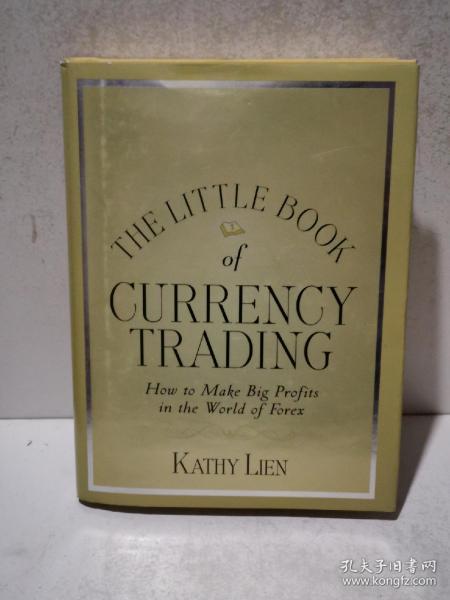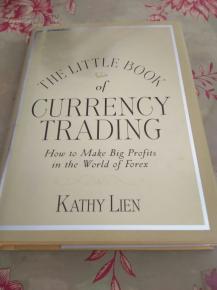Understanding Short-Term Trading

Short-term trading, also known as day trading or swing trading, involves buying and selling financial instruments within a short period, often within the same day. This method requires a keen understanding of market trends, technical analysis, and risk management. If you’re considering making money through short-term trading, here’s a detailed guide to help you get started.
Choosing the Right Platform

Before diving into short-term trading, it’s crucial to select a reliable and user-friendly trading platform. Look for platforms that offer real-time market data, advanced charting tools, and a variety of financial instruments. Some popular platforms include TD Ameritrade, ETRADE, and Interactive Brokers.
Developing a Trading Plan

A well-defined trading plan is essential for success in short-term trading. Your plan should include your trading goals, risk tolerance, entry and exit strategies, and the types of financial instruments you’ll trade. Here are some key components to consider:
| Component | Description |
|---|---|
| Trading Goals | Define your short-term and long-term financial objectives. |
| Risk Tolerance | Assess how much risk you’re willing to take on each trade. |
| Entry and Exit Strategies | Develop rules for entering and exiting trades based on technical analysis. |
| Financial Instruments | Choose the types of stocks, options, or futures you’ll trade. |
Learning Technical Analysis
Technical analysis is a key component of short-term trading. It involves analyzing historical price and volume data to identify patterns and trends. Some popular technical indicators include moving averages, RSI (Relative Strength Index), and Bollinger Bands. Here are some essential technical analysis tools to familiarize yourself with:
- Price Charts: Line, bar, and candlestick charts provide a visual representation of price movements.
- Technical Indicators: Moving averages, RSI, MACD (Moving Average Convergence Divergence), and Bollinger Bands help identify trends and potential reversals.
- Volume Analysis: Analyzing trading volume can help confirm trends and identify potential breakouts.
Implementing Risk Management Strategies
Risk management is crucial in short-term trading to protect your capital. Here are some key risk management strategies to consider:
- Stop-Loss Orders: Set a stop-loss order to limit potential losses on each trade.
- Position Sizing: Only risk a small percentage of your capital on each trade to avoid overexposure.
- diversification: Spread your investments across different financial instruments and sectors to reduce risk.
Developing a Trading Journal
Keeping a trading journal is an essential practice for short-term traders. It helps you track your trades, analyze your performance, and identify areas for improvement. Here are some key elements to include in your trading journal:
- Trade Date and Time
- Financial Instrument Traded
- Entry and Exit Prices
- Reason for Entering and Exiting the Trade
- Performance Analysis
Continuous Learning and Adaptation
The financial markets are constantly evolving, so it’s crucial to stay informed and adapt your strategies accordingly. Here are some tips for continuous learning and adaptation:
- Stay Updated: Follow financial news, market trends, and economic indicators.
- Attend Trading Seminars and Workshops: Learn from experienced traders and industry experts.
- Experiment with Different Strategies: Test new trading methods and refine your approach.
Conclusion
Short-term trading can be a lucrative way to make money, but it requires discipline, patience, and a solid understanding of the markets. By following this guide, you can develop the necessary skills and strategies to succeed in short-term trading. Remember, it’s essential to start with a small amount of capital and gradually increase your investments as you gain more experience.




